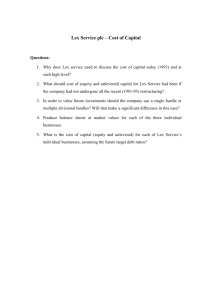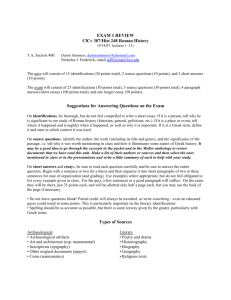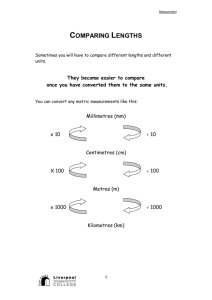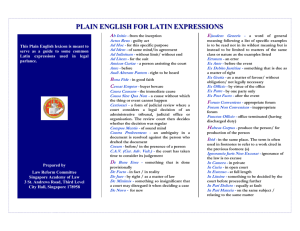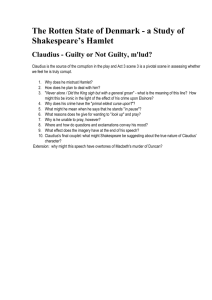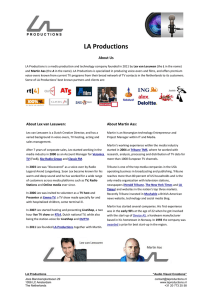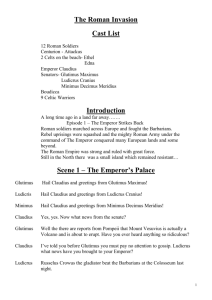Roman History (Cl Cv 307) Review-
advertisement
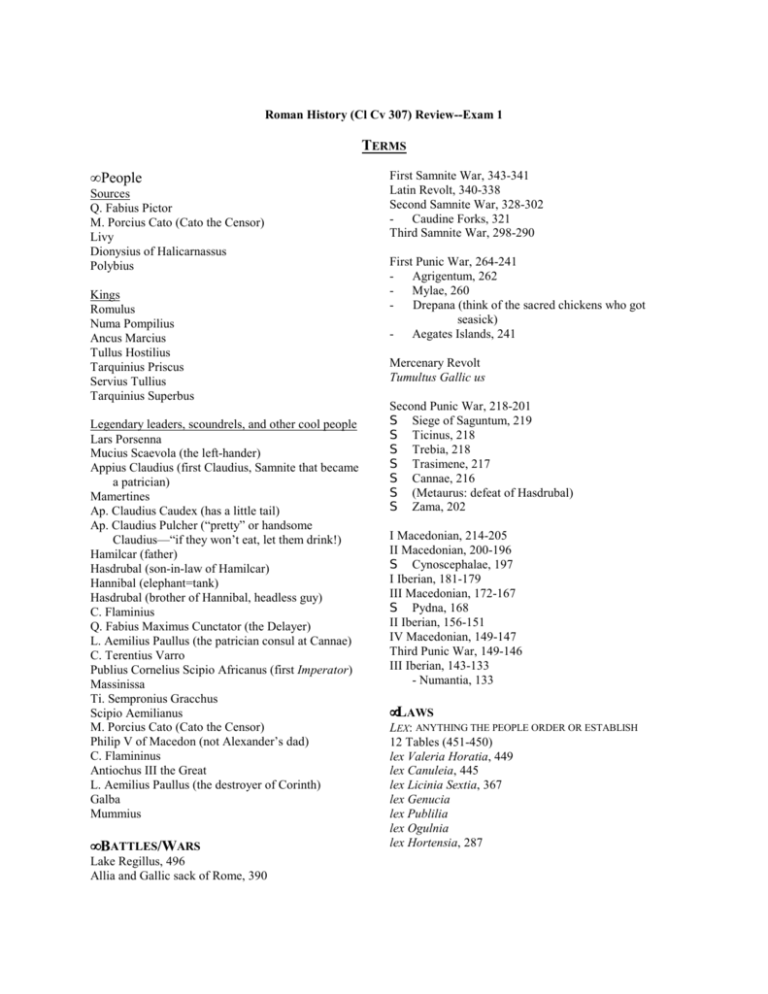
Roman History (Cl Cv 307) Review--Exam 1 TERMS • People Sources Q. Fabius Pictor M. Porcius Cato (Cato the Censor) Livy Dionysius of Halicarnassus Polybius Kings Romulus Numa Pompilius Ancus Marcius Tullus Hostilius Tarquinius Priscus Servius Tullius Tarquinius Superbus Legendary leaders, scoundrels, and other cool people Lars Porsenna Mucius Scaevola (the left-hander) Appius Claudius (first Claudius, Samnite that became a patrician) Mamertines Ap. Claudius Caudex (has a little tail) Ap. Claudius Pulcher (“pretty” or handsome Claudius—“if they won’t eat, let them drink!) Hamilcar (father) Hasdrubal (son-in-law of Hamilcar) Hannibal (elephant=tank) Hasdrubal (brother of Hannibal, headless guy) C. Flaminius Q. Fabius Maximus Cunctator (the Delayer) L. Aemilius Paullus (the patrician consul at Cannae) C. Terentius Varro Publius Cornelius Scipio Africanus (first Imperator) Massinissa Ti. Sempronius Gracchus Scipio Aemilianus M. Porcius Cato (Cato the Censor) Philip V of Macedon (not Alexander’s dad) C. Flamininus Antiochus III the Great L. Aemilius Paullus (the destroyer of Corinth) Galba Mummius • BATTLES/WARS Lake Regillus, 496 Allia and Gallic sack of Rome, 390 First Samnite War, 343-341 Latin Revolt, 340-338 Second Samnite War, 328-302 - Caudine Forks, 321 Third Samnite War, 298-290 First Punic War, 264-241 - Agrigentum, 262 - Mylae, 260 Drepana (think of the sacred chickens who got seasick) - Aegates Islands, 241 Mercenary Revolt Tumultus Gallic us Second Punic War, 218-201 S Siege of Saguntum, 219 S Ticinus, 218 S Trebia, 218 S Trasimene, 217 S Cannae, 216 S (Metaurus: defeat of Hasdrubal) S Zama, 202 I Macedonian, 214-205 II Macedonian, 200-196 S Cynoscephalae, 197 I Iberian, 181-179 III Macedonian, 172-167 S Pydna, 168 II Iberian, 156-151 IV Macedonian, 149-147 Third Punic War, 149-146 III Iberian, 143-133 - Numantia, 133 •LAWS LEX: ANYTHING THE PEOPLE ORDER OR ESTABLISH 12 Tables (451-450) lex Valeria Horatia, 449 lex Canuleia, 445 lex Licinia Sextia, 367 lex Genucia lex Publilia lex Ogulnia lex Hortensia, 287 • POLITICAL INSTITUTIONS/OFFICES Etruscans Lucumon Zilath Mastarna Early Rome Curia (plural: curiae) Curio (plural: curiones) Comitia Curiata Rex and interrex Senate (patres et conscripti) Res publica (republic) Comitia Centuriata Consul Dictator Censor Praetor Tribuni militum Tribuni plebis Concilium Plebis Aedile Quaestor Comitia Tributa Decemvirate Contio Annales Maximi Augury Jupiter, Mars, Quirinus/Jupiter, Juno, Minerva Pax deorum imperium Servian reforms Timocracy Patricians, plebeians –final defiitions Plebiscita Patrum auctoritas provocatio Maniple/manipular formation Socii civitas optimo iure, civitas sine suffragio municipium Via Appia Tyche Cursus honorum Defensive imperialism Corvus ! make a sea battle into a land battle Province Religion Rex sacrorum Flamines Pontifex maximus Augur • MISCELLANEOUS EXTRA CONCEPTS TO KNOW S S S S S S S S S S S S S Difference between primary, secondary, and ancient sources, as well as the types of material and literary evidence. Characteristics of Roman historiography Characteristics of the peoples of pre-Roman Italy and some of the material evidence they left behind; common characteristics of the Italic religions Characteristics of the Etruscan civilization, political system, religion; evidence of the Etruscan advent at Rome in 6th century Literary sources for early Roman history and each historian’s methodology (i.e. Livy’s use of exempla, history as an escapist pursuit, etc.) Responsibilities of the rex: religious, military, judicial Characteristics of the consulship: collegiality, annuality, non-consecutive terms. Powers and trappings of power Causes and results of the First Secession of the Plebs, 494 Areas of concern in so-called “Struggle of the Orders”: political, religious, social, economic Rights of the tribune: intercessio, sacrosanctitas, ius auxili, ius agendi cum plebe Results of the “Struggle of the Orders” Trace the development of the Roman “constitution.” (See the packet, pp. 58-9, 61-2) Four phases of Roman expansion (see handout from class): What was Rome’s “empire” like? Who were her enemies? Final results of wars in each phase... 1. Phase 1 (509-390) 2. Phase 2 (390-338) S S S S 3. Phase 3 (328-302) 4. Phase 4 (290-254) Keys to Roman success in her years of expansion: location, incorporation of conquered territory, military discipline/techniques, road system, establishment of colonies Wars: causes, major battles, results Causes and results of Roman imperial expansion; differences in administration abroad (provinces, amici, etc.) Strengths and weaknesses of Livy and Polybius as sources for this period
